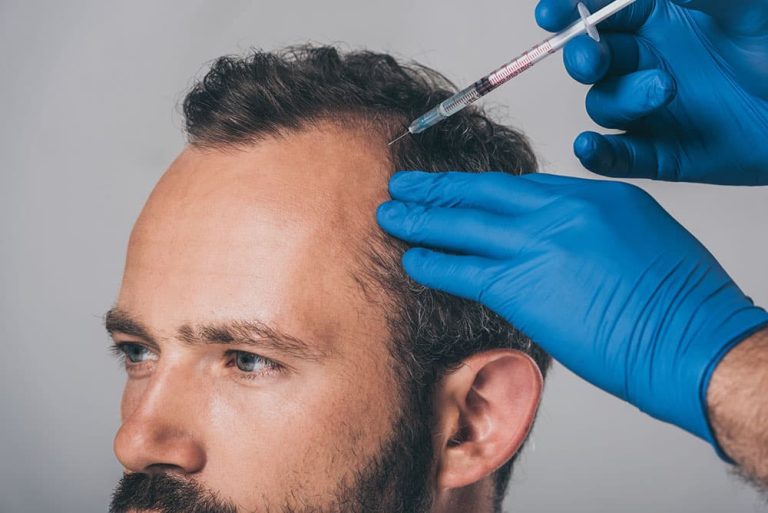Dental braces are devices in different functions:
- align and straighten teeth
- correct bite issues
- improve overall dental health
Dental braces consist of the following:
- brackets
- wires
- bands
Braces apply gentle pressure to gradually move the teeth into the desired position.
What braces can do?
Braces, particularly braces singapore, serve several functions and can address various dental and orthodontic issues. Here are some of the things braces can do:
- Teeth alignment. One of the primary purposes of dental braces is to straighten and align crooked or misaligned teeth. By applying continuous and gentle pressure, braces gradually move teeth into their proper positions, improving their alignment and creating a more aesthetically pleasing smile.
- Bite correction. Braces can also correct bite issues, such as an overbite, underbite, crossbite, or open bite. These problems occur when the upper and lower teeth do not come together properly.
- Space closure. Braces can close gaps or spaces between teeth, which may occur due to missing teeth or natural spacing issues. By shifting the teeth closer together, braces can create a more uniform and even dental arch.
- Crowding relief. Dental braces can address dental crowding, which happens when there is insufficient space in the jaw to accommodate all the teeth. Braces can gradually align and create space by moving the teeth to their correct positions.
- Oral health improvement. Straightening teeth through braces can enhance oral health. Properly aligned teeth are:
- easier to clean
- reducing the risk of tooth decay
- gum disease
- other dental issues
Specific treatment plan and outcome will depend on individual circumstances, as every person’s dental needs and conditions are unique.
Different types of dental braces

There are several types of dental braces available, each with its own unique characteristics and advantages. The most common types of dental braces include:
- Traditional metal braces. These are the most recognizable type of braces, consisting of metal brackets bonded to the teeth using dental adhesive.
- Ceramic braces. Ceramic braces function similarly to traditional metal braces but use tooth-colored or clear ceramic brackets, instead. It makes them less noticeable and more aesthetically pleasing compared to metal braces.
- Lingual braces. Lingual braces are similar to traditional metal braces, but the brackets and wires are placed on the back surfaces of the teeth, facing the tongue. The positioning makes lingual braces virtually invisible from the front, offering a discreet orthodontic treatment option.
- Clear aligners. Clear aligners are a famous option to traditional braces, which consists of:
- custom-made
- clear plastic trays
- Self-Ligating braces. Self-ligating braces can be either metal or ceramic, and have brackets with built-in clips or doors that hold the archwire in place.
The selection of braces depends on different factors, including:
- severity of the dental issue
- personal preferences
- aesthetics
- orthodontist’s recommendation
An orthodontist will assess your specific needs and discuss the most suitable braces for your situation.







